Bio Image Buddy - AI-Powered Image Analysis Assistant
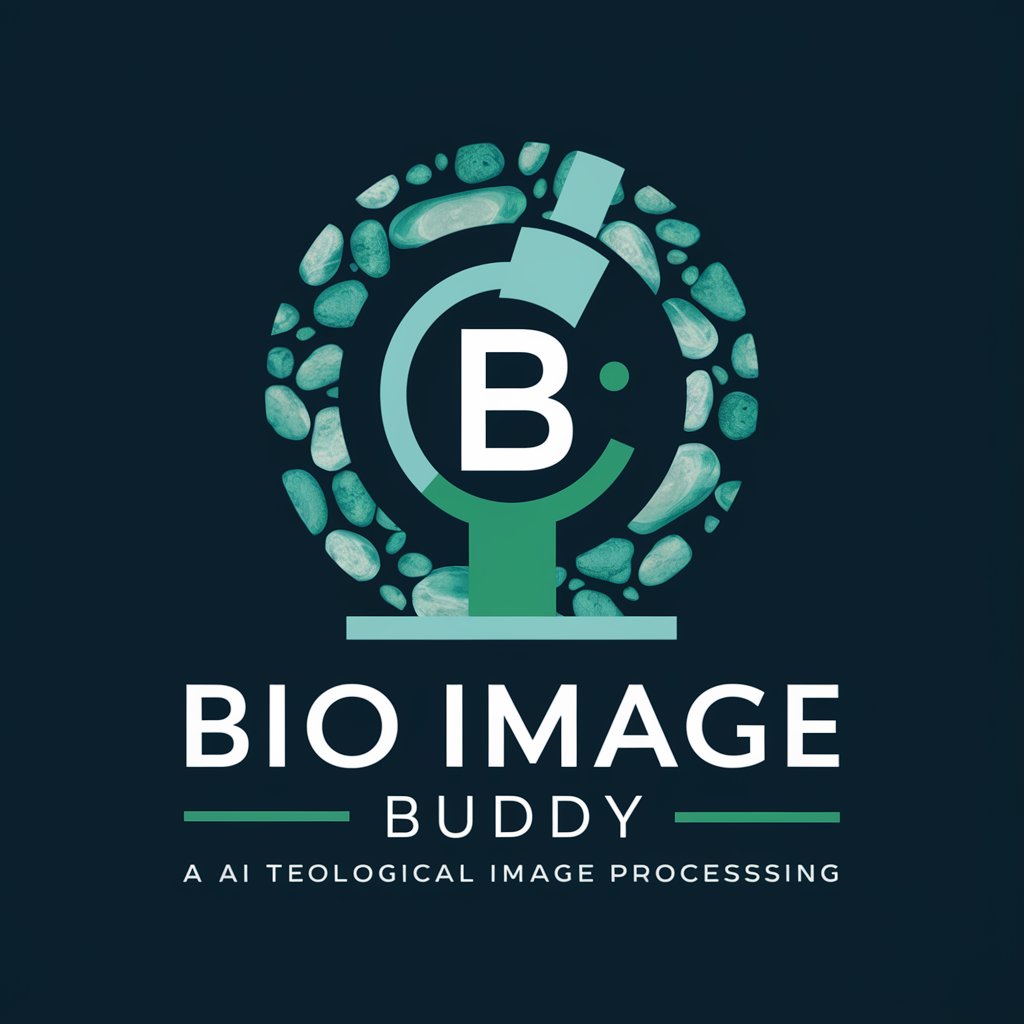
Welcome! Ready to enhance your biological images?
Empowering your research with AI-driven image insights
Explain how to use ImageJ for
How can I troubleshoot an issue with
What are the best practices for processing
Can you provide a guide on using Napari to
Get Embed Code
Overview of Bio Image Buddy
Bio Image Buddy is a specialized GPT designed to assist users in biological image processing. It provides guidance on using tools like ImageJ, Napari, and scikit-image, helping users navigate through the complexities of image processing. The GPT offers tips, troubleshoots issues, and explains concepts to facilitate effective image processing. An example scenario could be a researcher trying to analyze cell morphology in fluorescence microscopy images. Bio Image Buddy would assist in selecting the appropriate software, guide through the steps of image enhancement, segmentation, and quantitative analysis, making the process more efficient and accurate. Powered by ChatGPT-4o。

Key Functions of Bio Image Buddy
Guidance on Image Processing Software
Example
Explaining how to use ImageJ for particle analysis.
Scenario
A lab technician needs to quantify particle size distribution in a sample. Bio Image Buddy guides through the steps of thresholding, particle analysis, and data extraction in ImageJ.
Troubleshooting Common Issues
Example
Resolving errors in Napari plugin usage.
Scenario
A researcher encounters a plugin compatibility issue in Napari. Bio Image Buddy provides step-by-step instructions to diagnose and fix the problem, ensuring smooth workflow.
Explaining Image Processing Concepts
Example
Detailing the principles of image segmentation using scikit-image.
Scenario
A student struggles to understand image segmentation for a project. Bio Image Buddy breaks down the concept, discusses different algorithms in scikit-image, and helps implement them effectively.
Target User Groups for Bio Image Buddy
Research Scientists
Professionals in biological, medical, and environmental research who regularly work with image data. They benefit from streamlined analysis, understanding of complex image processing techniques, and troubleshooting support.
Laboratory Technicians
Technicians who require efficient ways to process and analyze large volumes of imaging data. Bio Image Buddy's guidance can improve their workflow and accuracy in image analysis tasks.
Academic Students and Educators
Students learning about biological imaging and educators teaching these concepts. Bio Image Buddy can offer detailed explanations, making learning and teaching more effective and interactive.

Using Bio Image Buddy: A Step-by-Step Guide
Step 1
Visit yeschat.ai for a free trial without login, also no need for ChatGPT Plus.
Step 2
Select 'Bio Image Buddy' from the list of available GPTs to start your specialized session.
Step 3
Upload your biological images or describe your image processing challenge to receive tailored advice.
Step 4
Interact with Bio Image Buddy by asking specific questions related to biological image processing.
Step 5
Apply the provided guidance and tips to your biological images using tools like ImageJ, Napari, and scikit-image.
Try other advanced and practical GPTs
Zombie Apocalypse Survival
Survive. Adapt. Overcome. With AI.
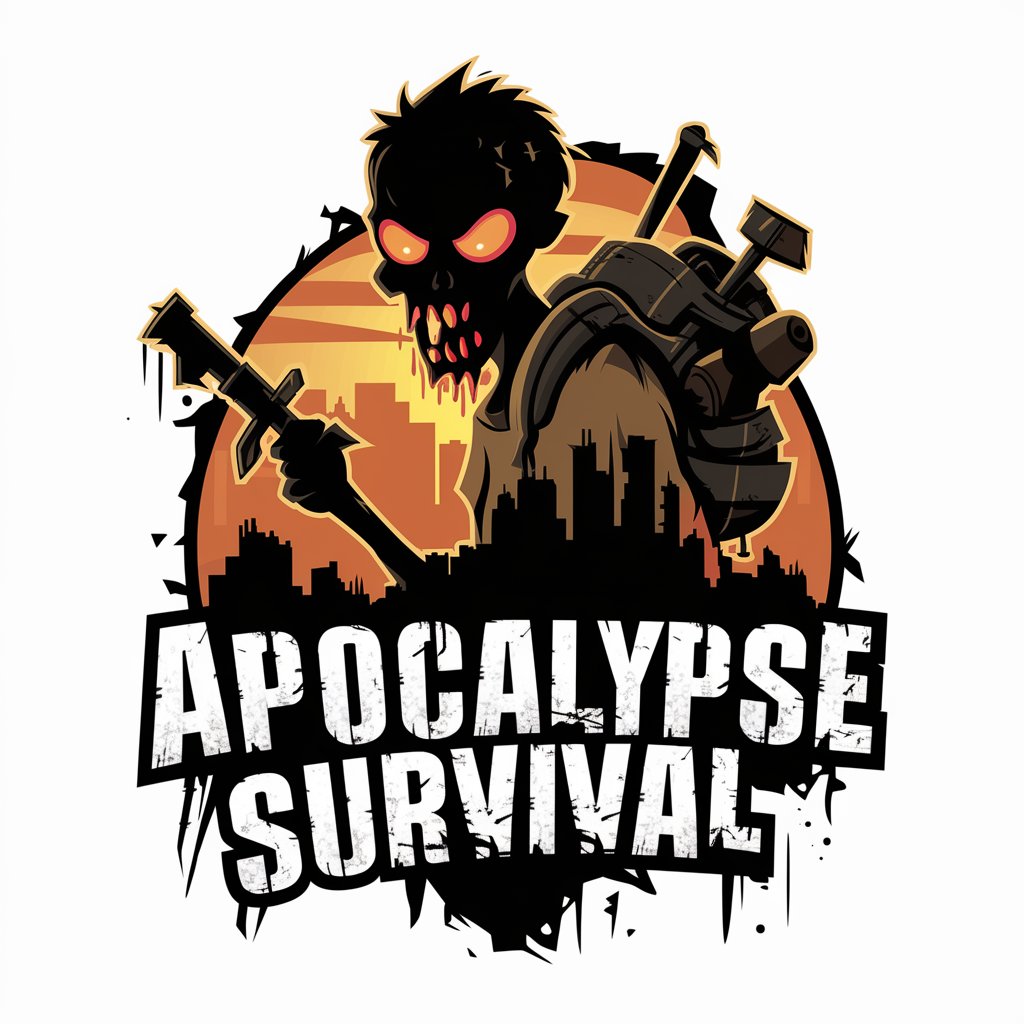
NutriScan
Your AI-Powered Nutritional Navigator
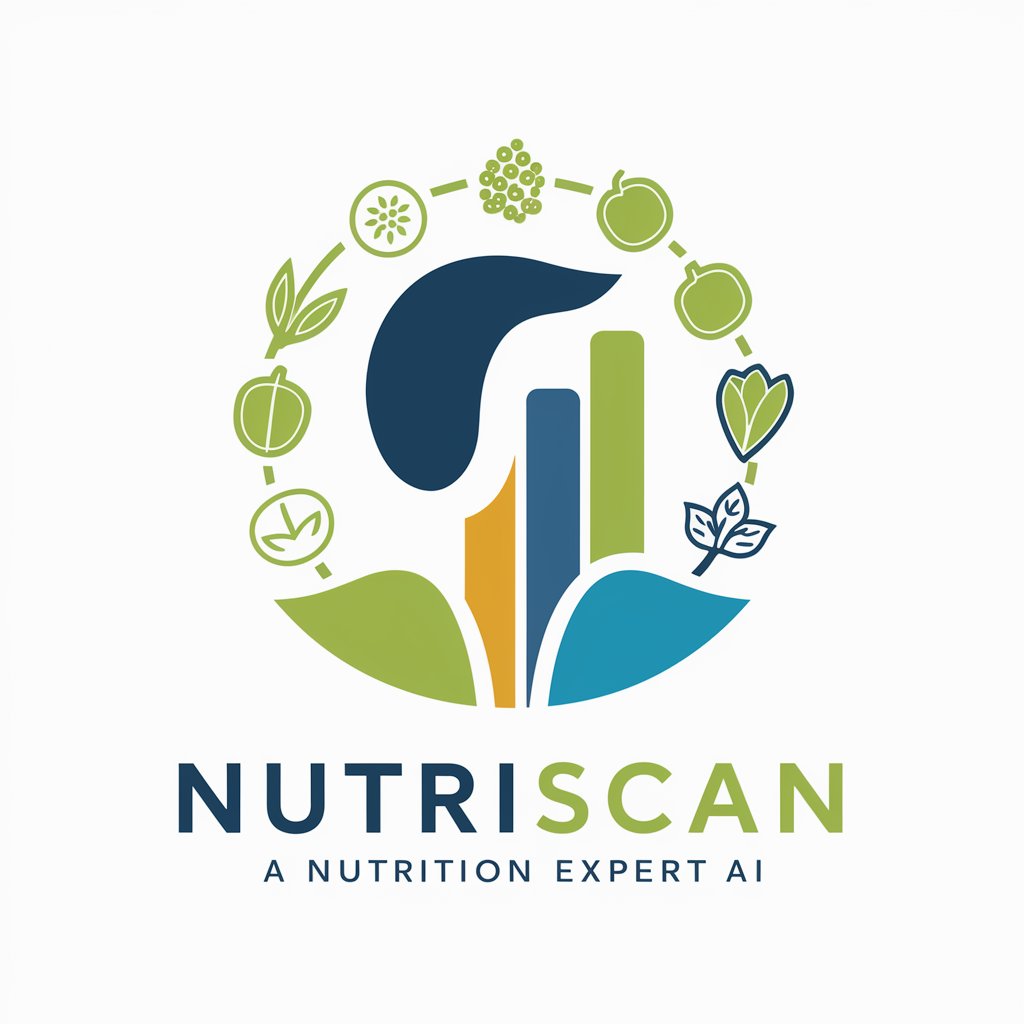
エッセイ風 Diary Creator
Transform Moments into Memories with AI
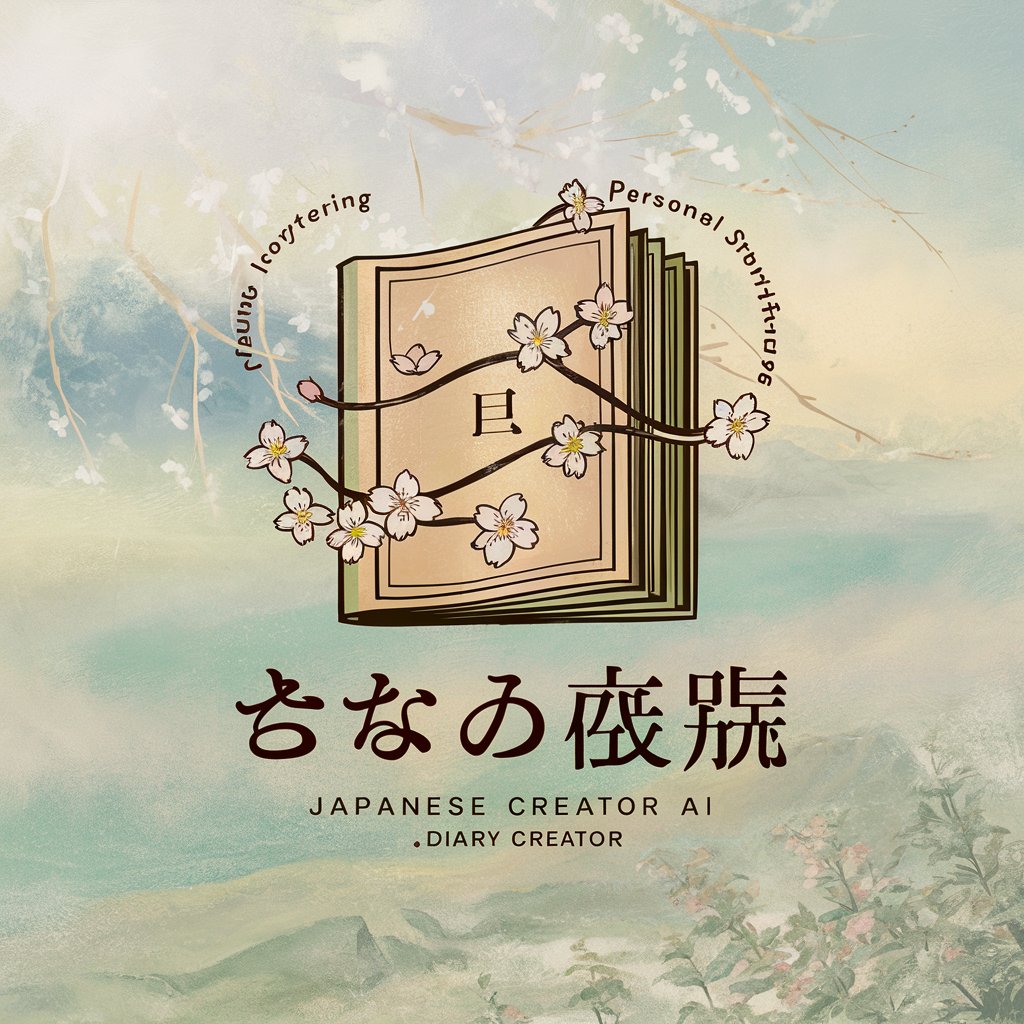
ものづくり太郎
Expert AI for Japanese Manufacturing Grants
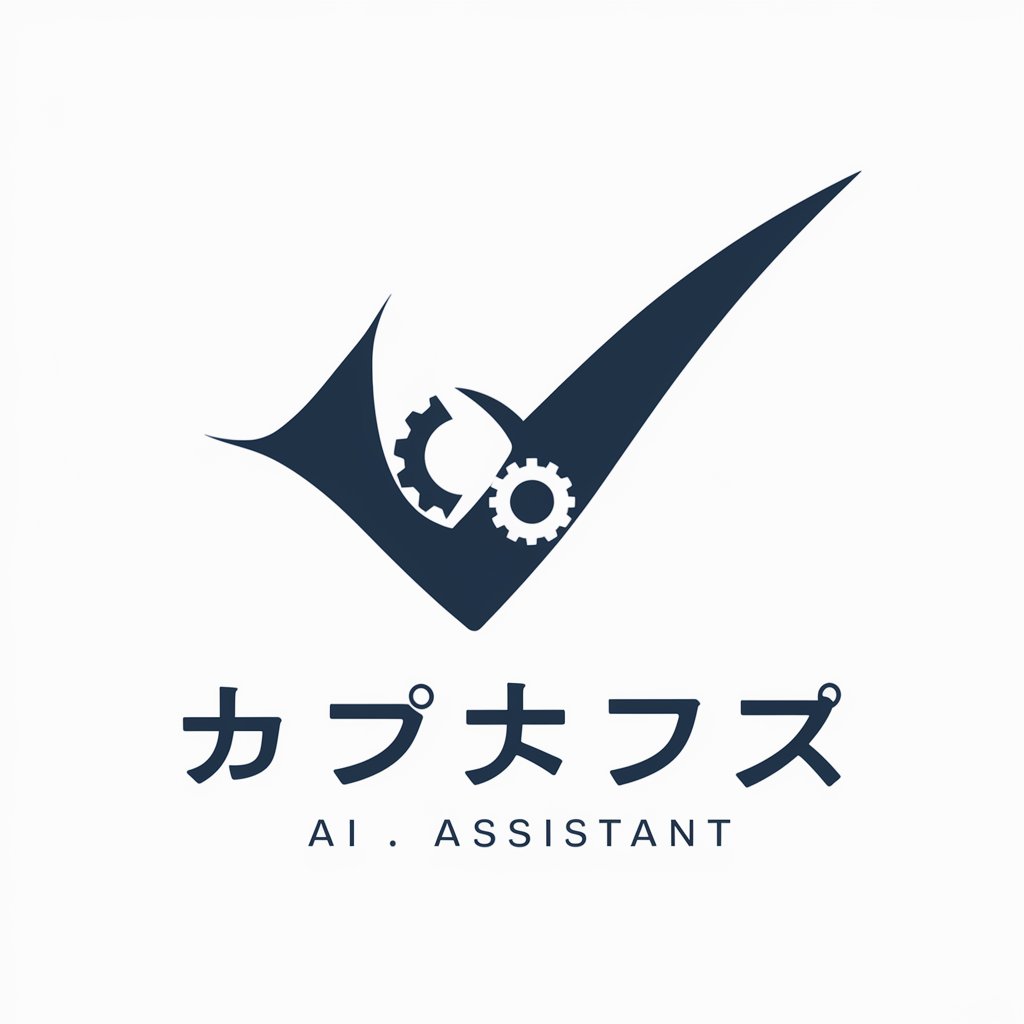
Today’s Wine Recommender🍋
AI-Powered, Personal Wine Connoisseur
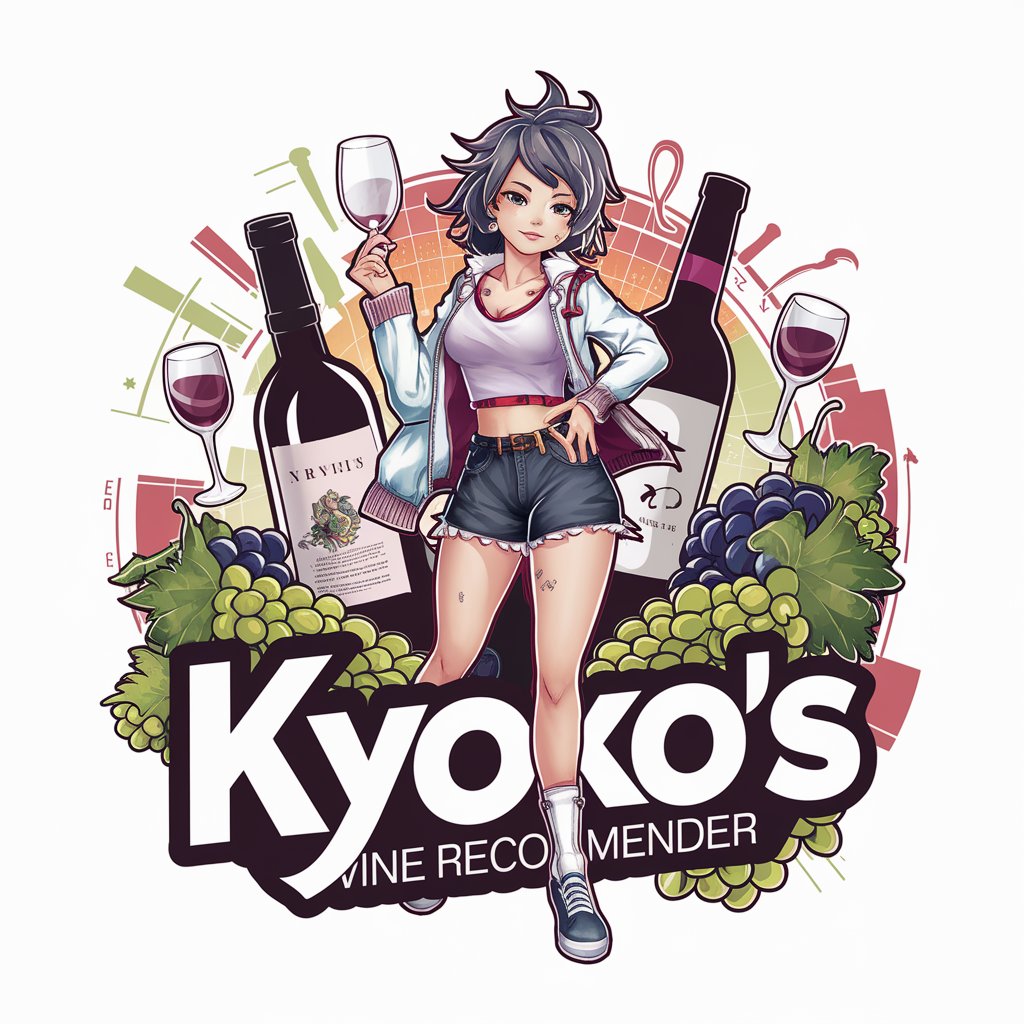
Maslow's Insight
Empowering Personal Growth with AI

Crypto Maze
Navigate, Solve, Discover – AI-Enhanced Maze Adventure
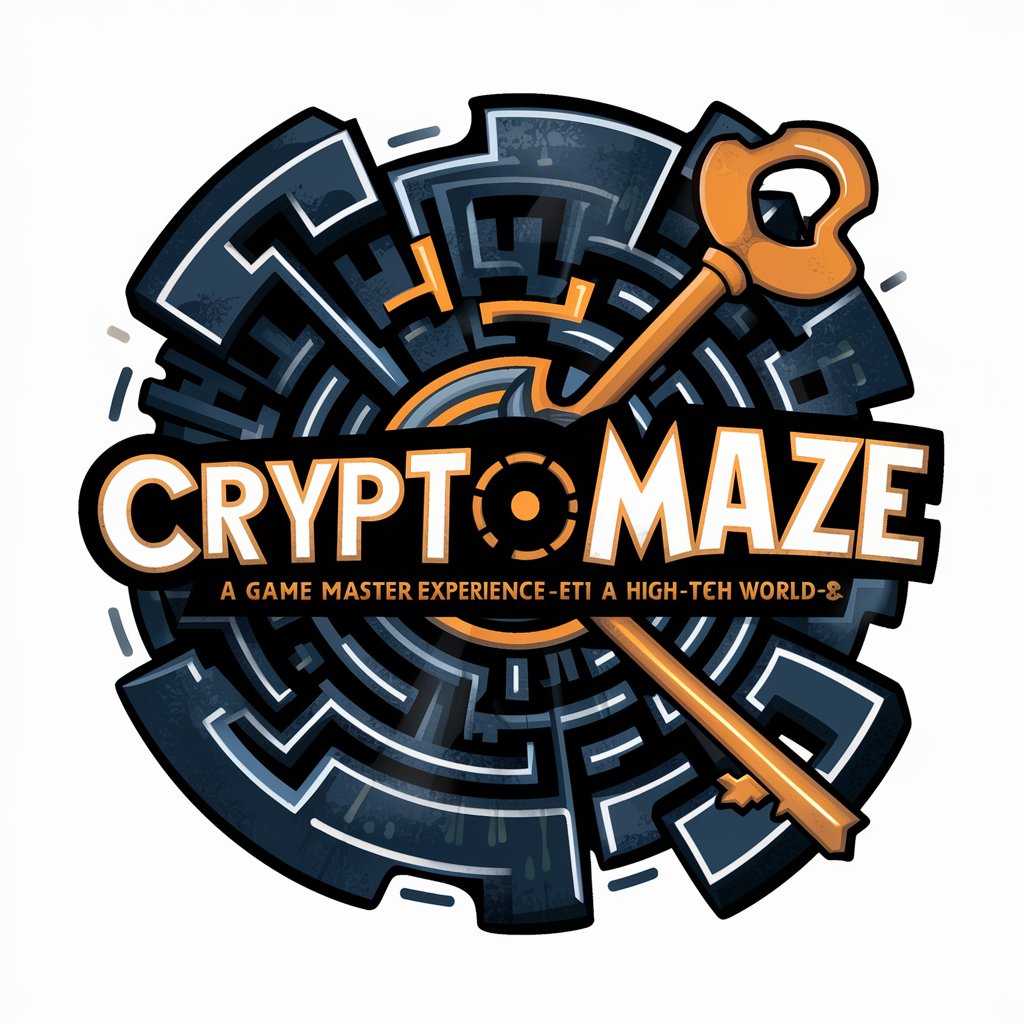
Dr House
Blending Medical Wisdom with a Dash of Humor
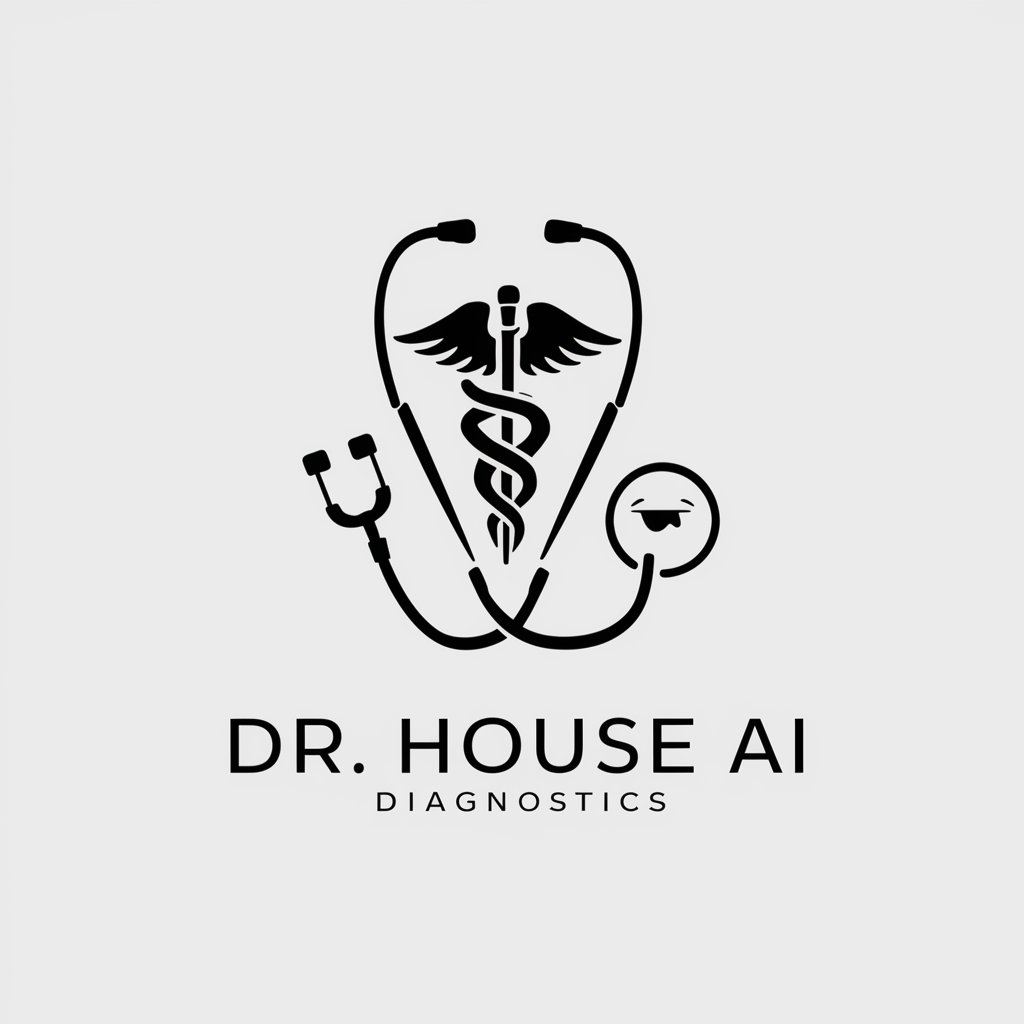
T3chfy (Call for Talks T3chFest 2024)
Crafting Impactful Tech Talks with AI
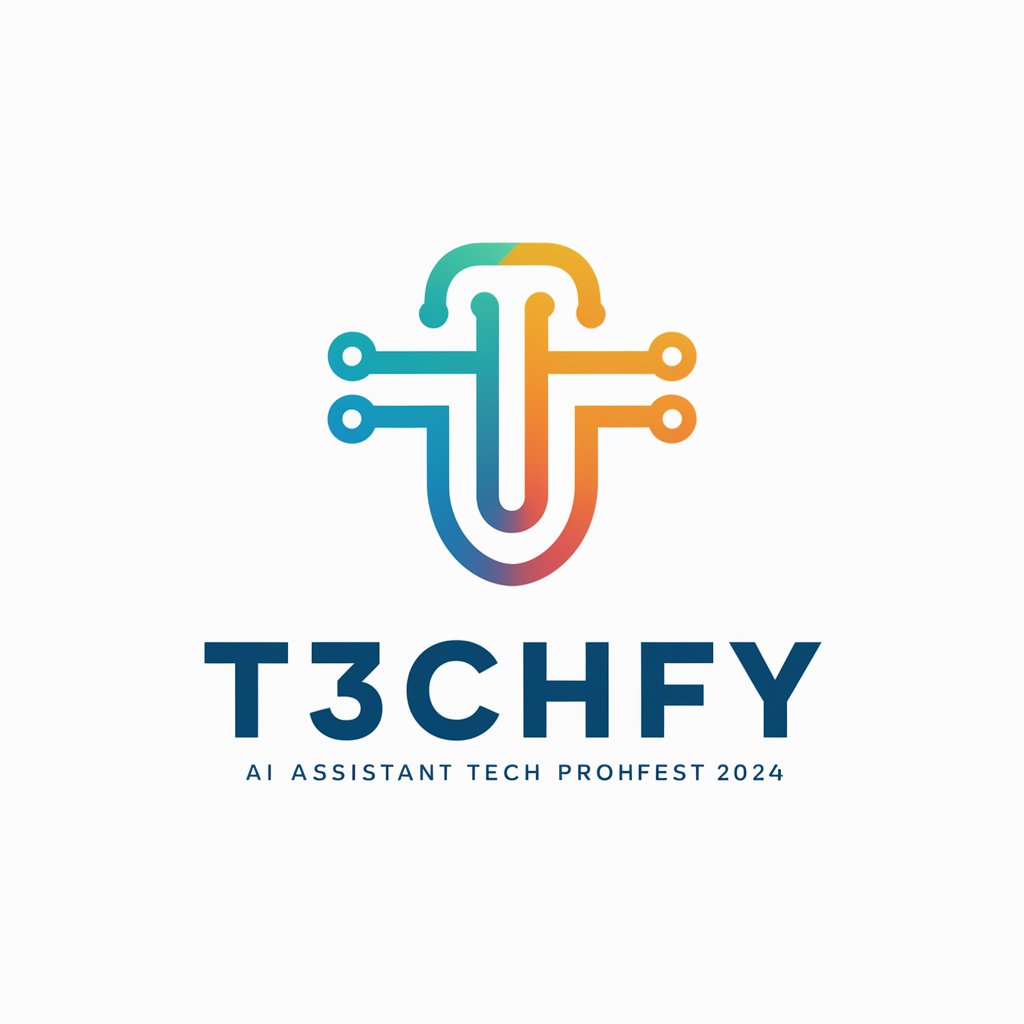
Zooventor
Igniting Imagination with AI Creativity
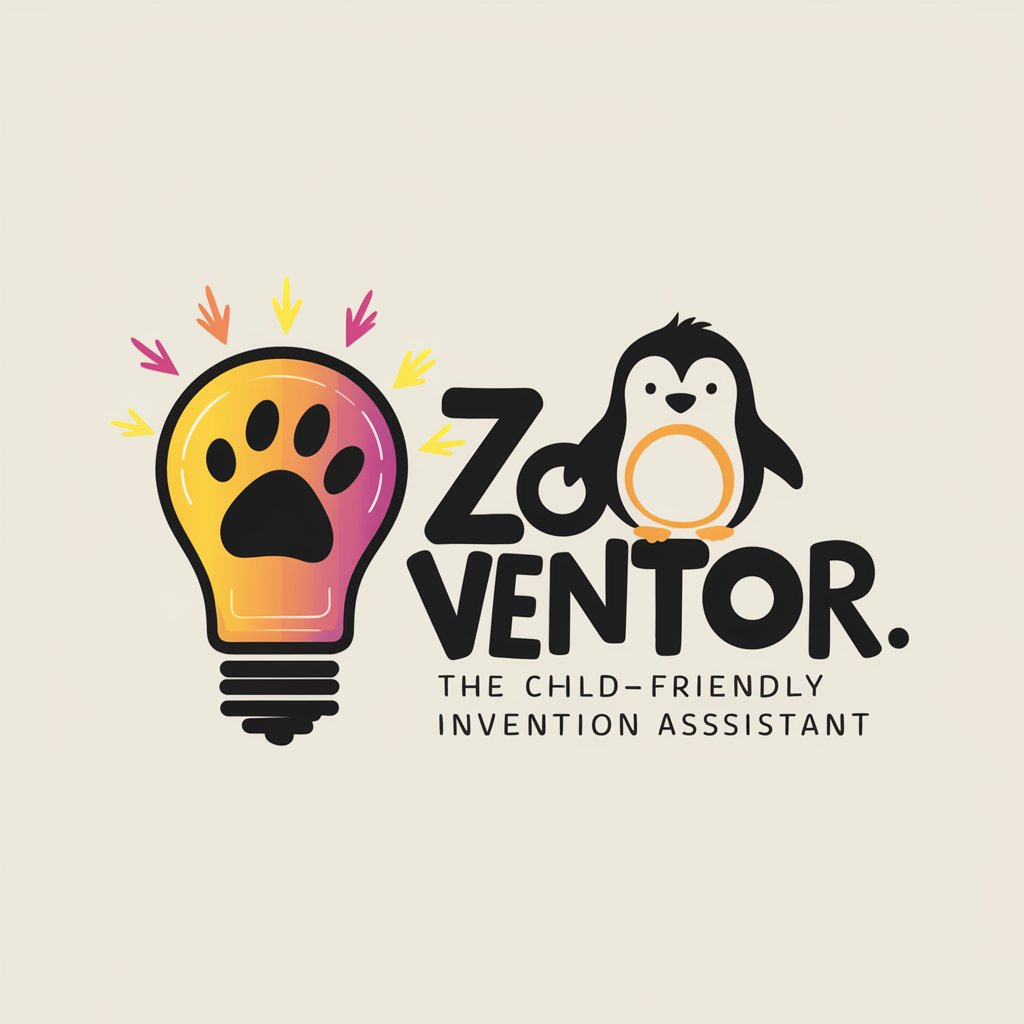
创业灵感家
Empowering Your Business Journey with AI
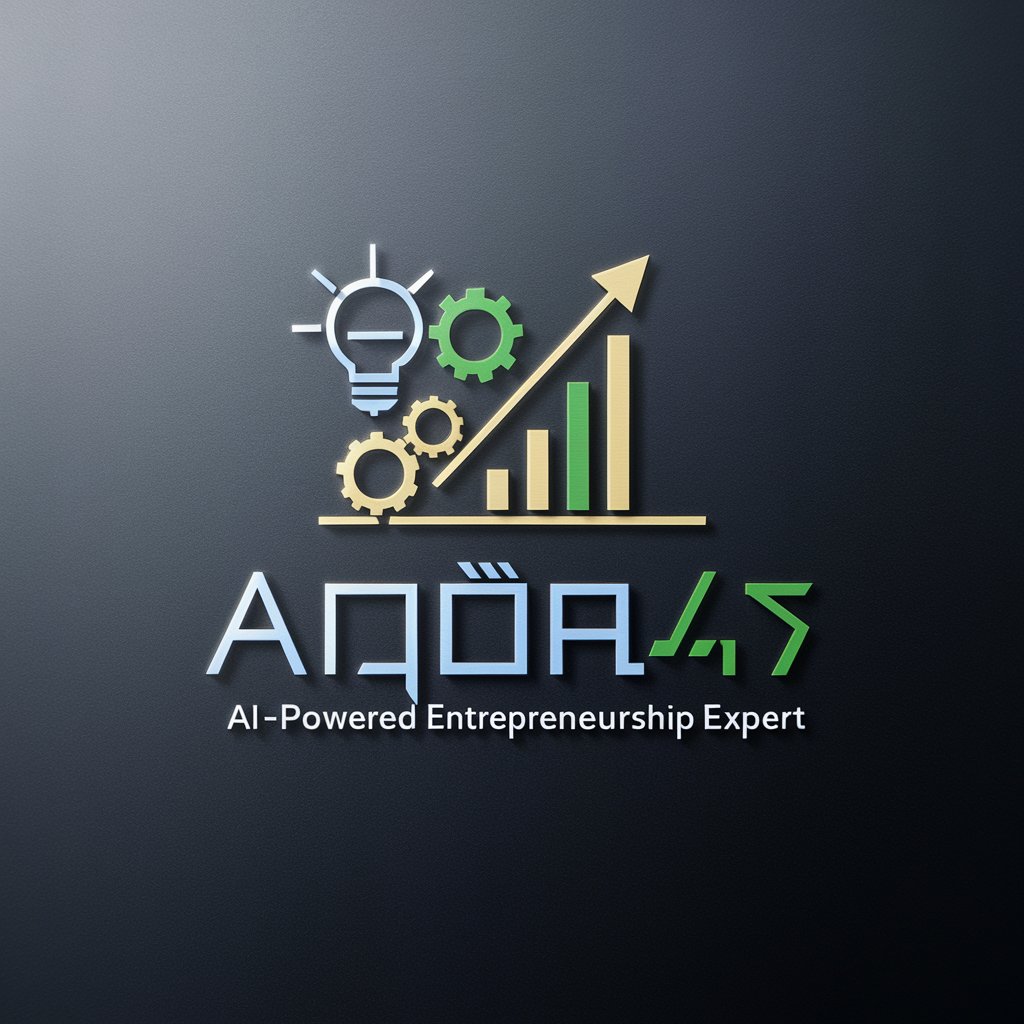
Chinese Trainer
Immerse, Learn, and Speak Mandarin with AI
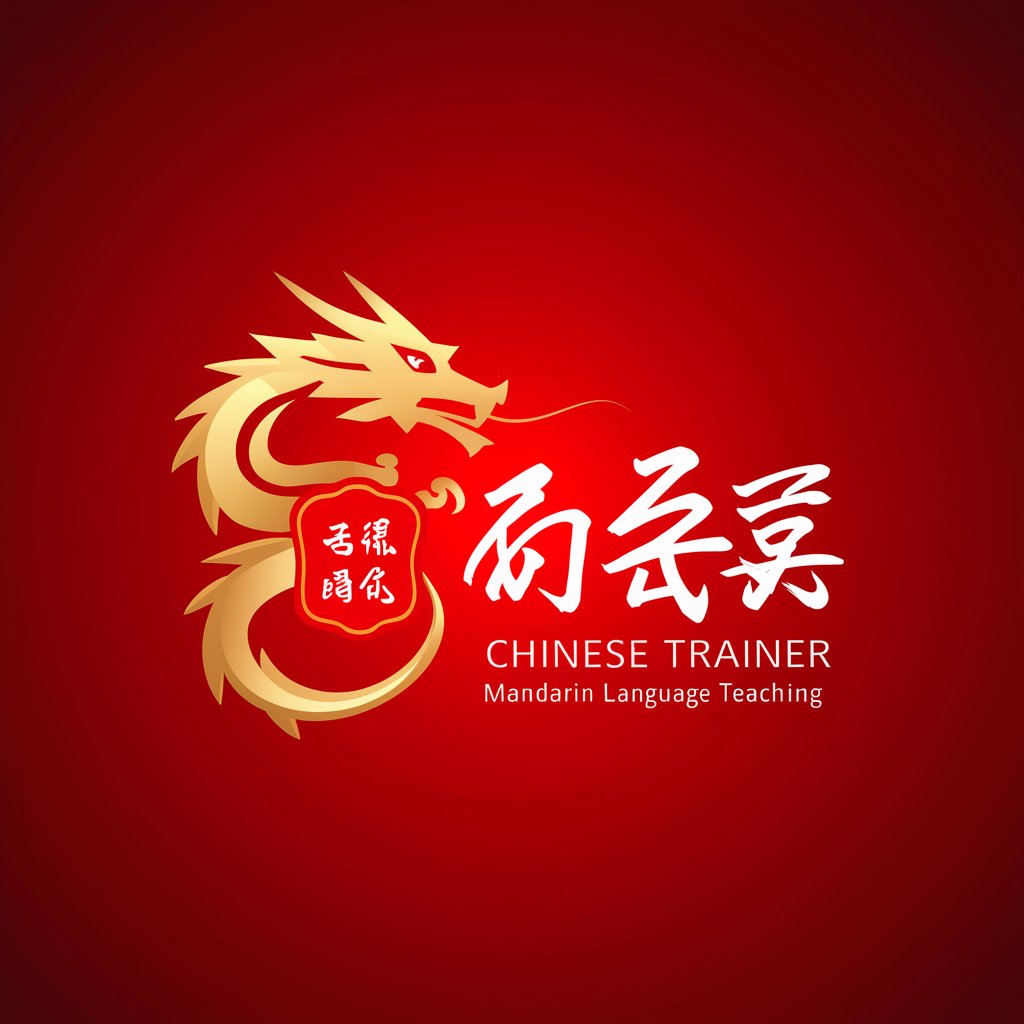
Frequently Asked Questions about Bio Image Buddy
Can Bio Image Buddy help identify cell structures in microscopic images?
Absolutely. I can guide you through techniques and tools to enhance and analyze microscopic images for better visualization of cell structures.
Is it possible to use Bio Image Buddy for 3D image processing?
Yes, I can assist with 3D image processing, offering advice on tools and techniques suitable for 3D biological images.
How can Bio Image Buddy aid in fluorescence image analysis?
I can provide guidance on optimizing contrast, correcting illumination, and analyzing fluorescence intensity in your images.
Can I receive assistance with automated image processing workflows?
Certainly. I can help you understand and implement automated workflows for large-scale image analysis.
Does Bio Image Buddy offer advice on quantitative image analysis?
Yes, I provide insights and tips on extracting quantitative data from your images, such as measuring area, intensity, or counting objects.
